As the mother figure to the Celtic Gods and Goddess in Irish Mythology, the Danu Goddess plays a central role.
Celtic people revered this all powerful and complex deity, who was believed to have great influence over the world around them.
Her overarching powers, as well as interconnected relationships to the other Celtic Deities, make the Goddess Danu a very intriguing and enigmatic figure.
This post may contain affiliate links. If you click on one of them, we might receive a small commission (at no extra cost to you). Thanks for your support!
Table of Contents
Danu the Celtic Goddess
As one of the most prominent figures in Celtic mythology, Danu has played a significant role in the guidance of the Celitc people.
There is little knowledge of the character and attributes of this ancient Celtic Goddess.
This major Celtic Goddess is primarily known as being the mother of the tribe called the Tuatha Dé Danann.
The Origin of the Goddess Danu
The word “Danu” is believed to have very old origins. There is evidence to suggest that the root of this word comes from a Proto-Celtic word meaning “river” or “flowing water”.
Scholars still debate the name Danu’s meaning and origins.

Some believe that the Danu meaning may have a connection to the major Danube River. This major waterway flows through Central and Eastern Europe.
There are other Irish Celtic River Goddesses. They include the Goddess Boann of the River Boyne and Goddess Sinnan of the River Shannon.
Goddess Danu in Celtic Mythology
Danu is largely seen as the mother figure and main ancestor to a group of beings or tribe with supernatural powers. This tribe was known as the “Tuatha Dé Danann” or “Tribe or People of Danu”
The focal source of all wisdom, power, wealth and good fortune was thought to come from Danu.
Many of her skills, talents and attributes were shared with her descendants in the Tuatha Dé Danann.
Some of the descendants are among the of the most well known Gods and Goddesses in Irish mythology and feature heavily in Irish folklore.
Related Article: Symbols associated with the Celts
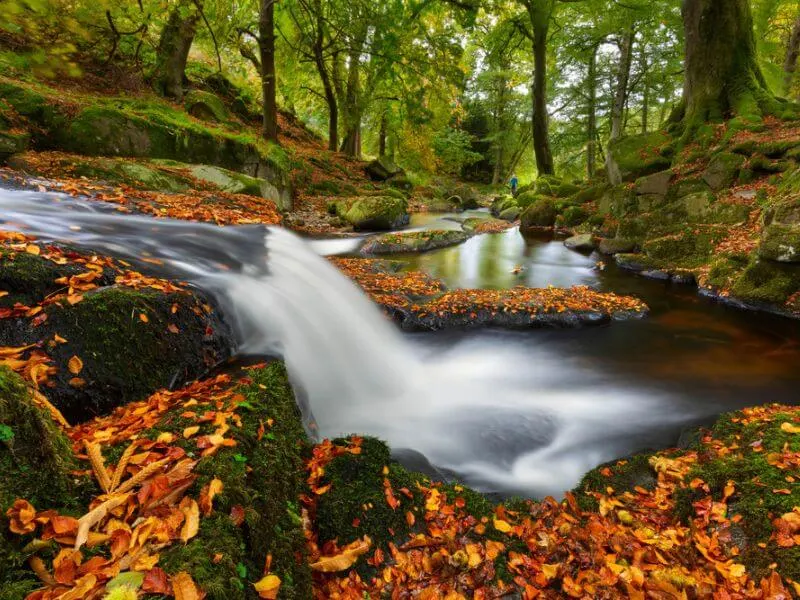
The Mother Goddess Danu
It is difficult to fully follow the complexities of Danu’s family tree.
There is also very little written evidence about this Goddess. Much of what was known was passed down story by story orally through the ages.
Celtic Danu is the main mother figure in the Tuatha Dé Danann.
As the Irish mother Goddess, she is thought to be the one who gave birth to the Celtic deities.
However, the exact connections are not always clear between Danu and her supposed offspring.
This helps to create an even more complex and intriguing family tree of relationships, bonds and rivalries.
It is not very clear if the Celtic Mother Goddess had a partner although two figures are occasionally associated with her. The God Bile being one and the Dagda being the other.
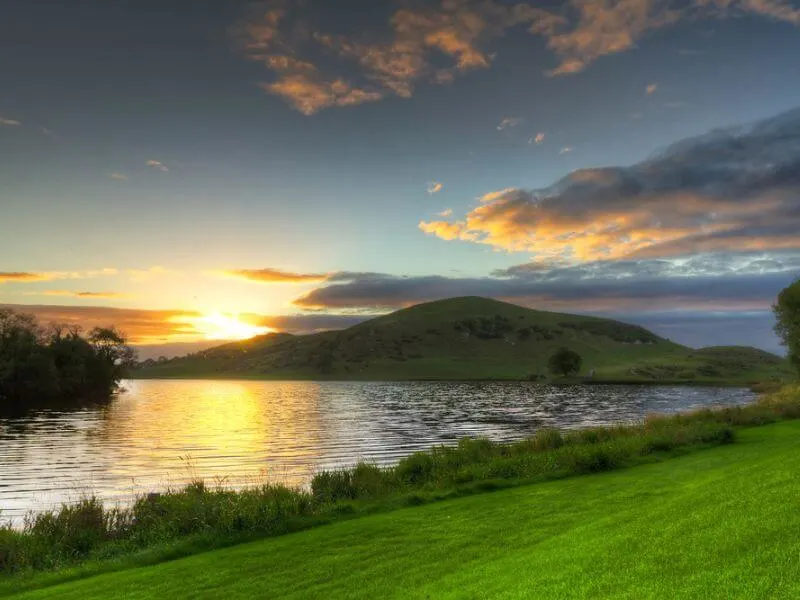
Major Celtic Gods and Goddess of the Celtic Pantheon:
The Dagda – King of the Gods
In his role as king or sometimes father of the Gods, the Dagda, is believed to be exceptionally powerful.
His influence is wide ranging and includes agriculture, time, seasons and the weather.
The Celts associated the Dagda with bountiful harvest and fertility. He is also connected with the Morrigan, another well known Irish Goddess.
God Lugh – The God of Justice and Mischief
As a multi-talented God Lugh presides over law and order.
He is a skilled warrior, as well as possessing talent in other areas, such as poetry and carving.
It is thought that Lugh founded the Tailteann Games (or the Assembly of Tailti). This old Irish version of competitive games included martial arts and horse racing.
Manannán mac Lir – God of the Sea
The sea was presided over by the Celtic God Manannán mac Lir, also known as Manannán.
His skills as a warrior were well known and he has some very specialized armor to help him defend against enemies.
This included a horse-drawn Chariot and a boat that could navigate by itself.
Brigid: The Goddess of Healing, Poetry, Blacksmithing and Motherhood
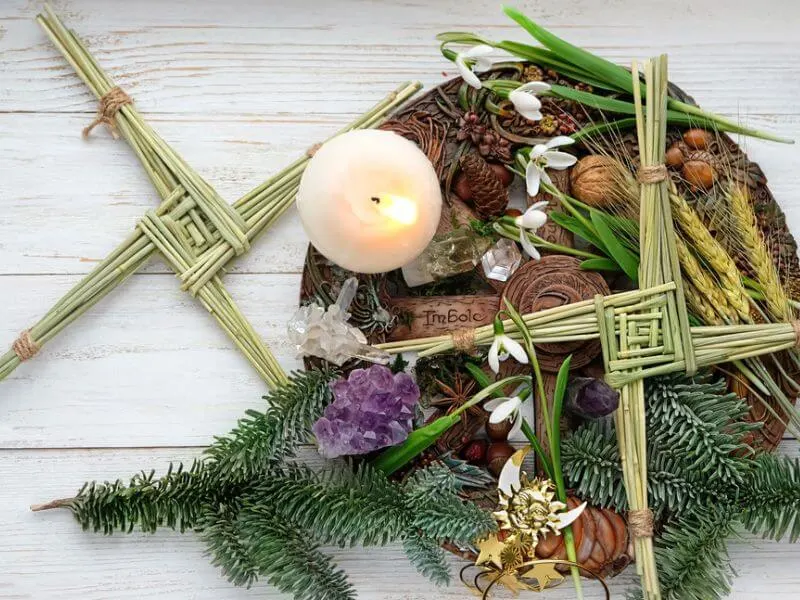
(This is an example of a multitalented goddess!)
Brigid is one of the best known Celtic Goddesses.
In some cases, the Brigid Goddess is seen as a triple Goddess Brigid with different aspects reflecting her many talents.
She is seen as a source of inspiration and creativity. Her powers of transformation can heal the sick and uplift those who need support.
Fire, water, healing and fertility are the attributes most associated with the Goddess Brigid. She is deeply connected with the spring fire festival of Imbolc (February 1).
The male Irish God of Healing and medicine is Dian Cecht. One of his most famous actions was to create a silver hand for Nuada, the first king of the Tuatha Dé Dannan.
Morrigan: The Celtic Goddess of Death, Battle and War
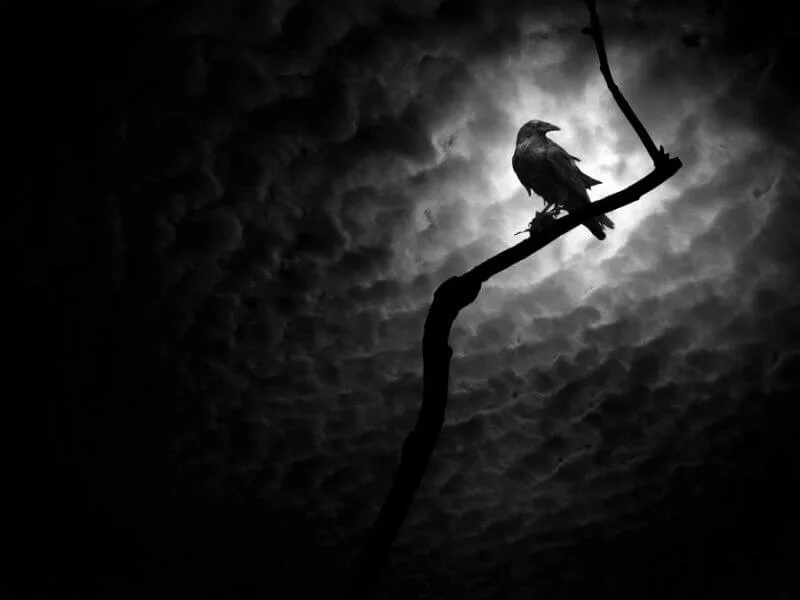
Like Brigid, the Morrigan is often seen as a triple Goddess. Some tales depict the three goddesses known as Macha, Badb and Nemain as the Morrigan.
Like the Dagda, the Morrigan is also connected with fertility. To make the Samhain festival, the Morrigan and the Dagda had a sexual encounter each year.
This was believed to bless the fertility of the land and animals for the coming year. In the times before modern science, people placed their beliefs in the Gods and Goddesses.
The Celtic Goddess names of the Morrigan also included “Great Queen” or “Phantom Queen”.
Ravens are frequently connected with the Morrigan Goddess. Legend says that she was able to transform into one particularly on the battlefield in her roles as the Celtic Goddess of War.
Other Irish Goddesses, such as Áine the Goddess of Love and Summer also possessed the power to transform themselves into animals. Flidais is another Irish Goddess of Cattle, with strong connections to fertility.
Related articles: A list of Celtic Goddesses and Gods as well as their main attributes can be found on the website.
The Sacred Site of Danu Irish Goddess
The Paps of Anu are two mountains in County Kerry, Ireland. Their symmetrical, rounded hill shape has contributed to the belief that they are the breast of Anu, or Danu.
These mountains are seen as symbols of fertility, due to their semblance to breasts, milk and fertility.
Anu is sometimes thought of as a separate Goddess, but most frequently as a part of the Goddess Danu.
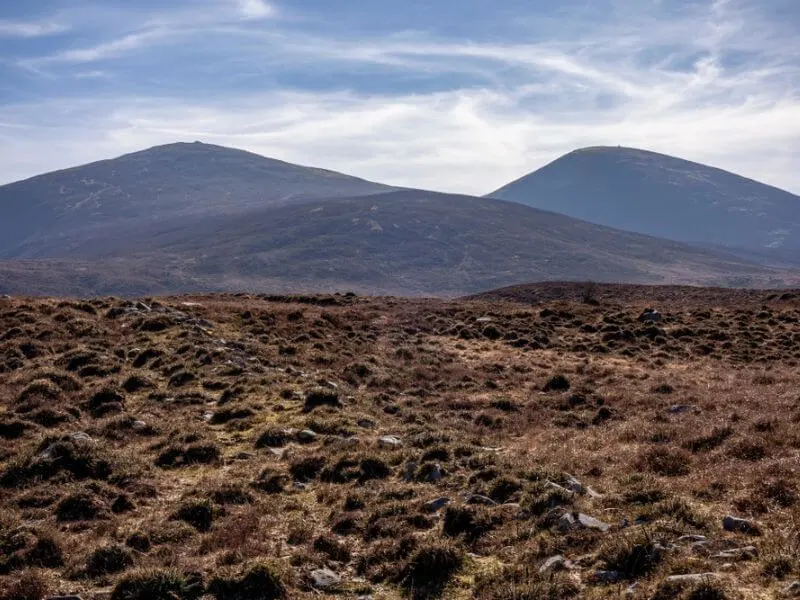
Sacred Rituals of the Danu Celtic Goddess
As an all-powerful Goddess, it is highly likely that many offerings were given to the Goddess Danu.
Given her connection with water, many of the Goddess Danu offerings may have been scattered in rivers, lakes, water wells and other water bodies.
These offerings may have been flowers and blossoms in season, or more significant offerings made of timber and precious metals.
Important events in the annual calendar of the Celts would also have celebrated this goddess.
The main celebrations would have been the ancient fire festivals marking the transition between the seasons.
As a Mother Goddess deeply connected with nature, the festival to welcome spring (Imbolc) would have been an important celebration.
Other annual celtic festivals to mark the start of summer (Beltane), the beginning of the harvest period (Lughnasadh) and the end of the harvest period (Samhain), would have also include the Goddess Danu to some degree.
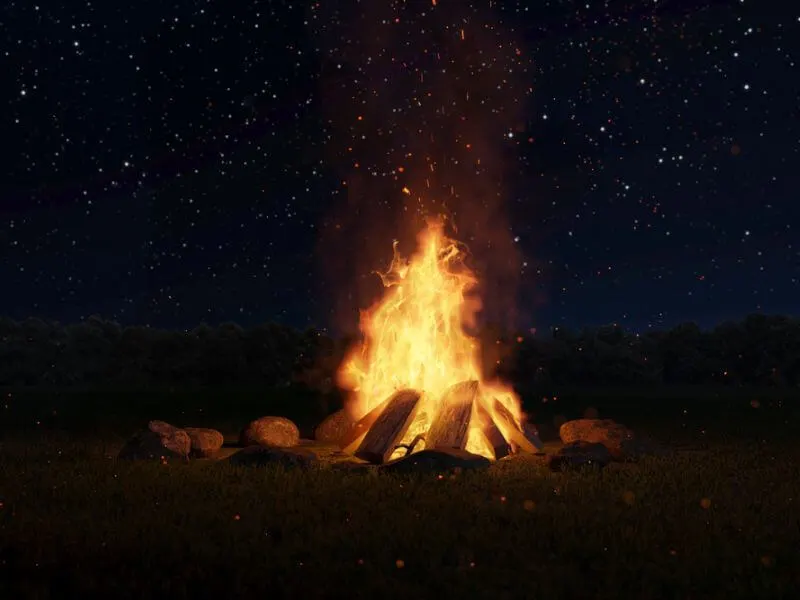
Danu’s Connection to other Cultures
The Goddess Danu has widespread influence as a mother goddess figure.
The Celtis were not alone in this goddess constellation. A central mother figure is also present in other cultures.
- Greek mythology: Gaia Goddess
- Egyptian mythology: Isis Goddess
- Chinese mythology: Nüwa Goddess
- Norse mythology: Frigg Goddess
Interestingly, in Hindu culture, there is also a Goddess named Danu. She too is connected with the element of water and flowing rivers.
Danu as a Modern Goddess
Danu continues to be an important Goddess for modern pagans and those who practice Wicca.
Her deep connections with fertility and abundance are valuable and relevant in today’s world and typically distinguish her as a Nature Goddess.
In her role as a Mother Goddess, she is seen as a nurturing force and offering support and guidance to those who need it.
Goddess Danu Celtic Mythology FAQ
What is Danu known for?
The Danu is known as a mother Goddess in Irish mythology.
She is behind the lineage of the Tuatha Dé Danann tribe, which were known for their superhuman abilities.
In her role as mother she is firmly connected with the world around her, as were her followers.
The Celts highly valued trees as part of their culture. Of all the tree species, the oak was believed to be the most powerful and represented the Tree of Life in Celtic beliefs.
Danu is the Celtic Goddess of Nature and people turn to her for blessings of fertility and abundance.
Unlike some of the other Celtic Gods and Goddesses, there is little detail available about the tales and exploits of this major Goddess.
How is Danu related to the Celtic Goddess Brigid?
The Goddess Brigid is sometimes referred to as the daughter of the Goddess Danu. However, it is difficult to trace the exact family tree.
As the founding mother Goddess, Danu is the mother of the Tuatha Dé Dannan. Brigid the Goddess is just one member of this tribe.
What is known is that Brigid is the daughter of the Dagda.
What is the meaning of the “Tuatha Dé Danann”?
The meaning of the Tuatha Dé Danann can be translated as “The Tribe of the Goddess Danu”.
It is clear from the name that Danu was of core importance for this tribe of highly skilled, magical beings.
How do you pronounce “Danu” and “Tuatha Dé Danann”?
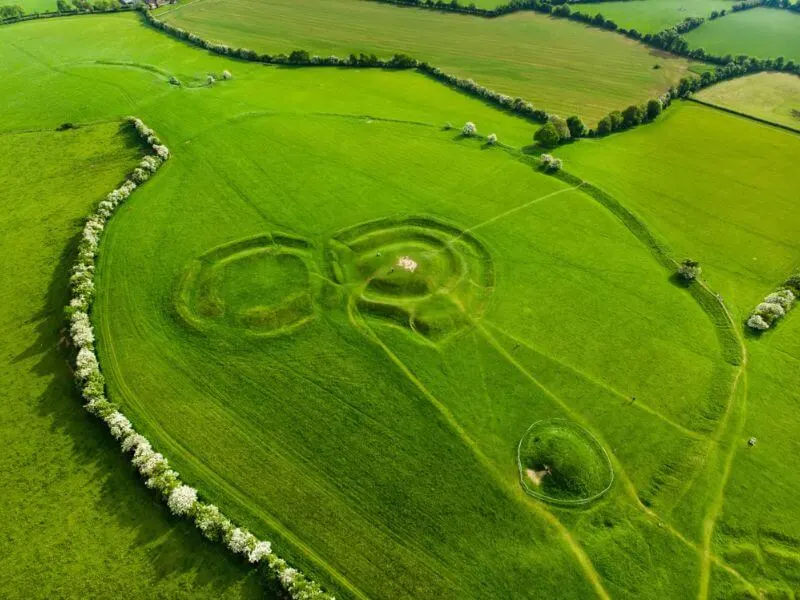
Danu is pronounced as “DAN-oo” in English.
It might be a bit more tricky to pronounce Tuatha Dé Danann for those who are not used to the Irish language.
The sound of the words in English can be pronounced as “TOO-huh day DAH-nuhn.”
What symbols are associated with the Celtic Goddess Danu?
Water is the main symbol associated with the Goddess Danu.
It is believed that the Danu name has its linguistic roots in the element of water.
Unlike other Celtic deities, there are not many references about the Danu Goddess symbols.
Because of the lack of hard facts and history about the Goddess Danu symbols, there has been much speculation about what they might be.
Nature and wind are commonly associated with this Mother-Earth Goddess and life-giving force.
Celtic Gods and Goddess
Irish myths and legends are full of fascinating tales of Irish Gods and Goddesses.
From heroes like Cú Chulainn to tragic figures, battles and lovers, there is rarely a dull moment when it comes to Irish Celtic mythology.
Be sure to take a look at some more of our articles on Irish Deities on the website! They give a good overview of the main figures.
